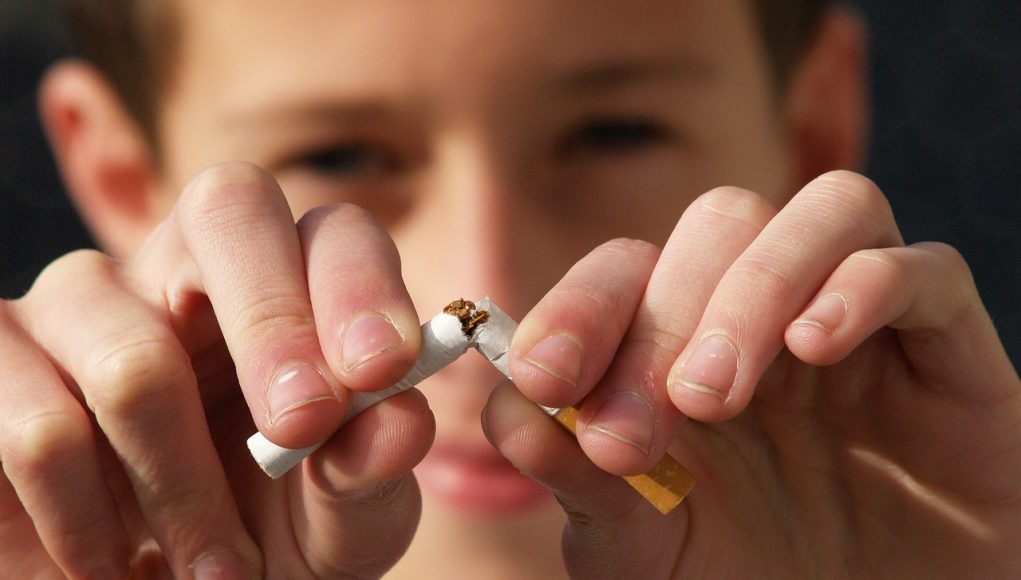As a result of Tobacco 21, an initiative by the Preventing Tobacco Addiction Foundation, numerous cities across the state of Ohio are raising the minimum age for the sales of tobacco products to 21.
“Tobacco 21 laws are an important step in protecting the health and safety of youth – and entire communities. By raising the age for tobacco, other nicotine products and paraphernalia to age 21, we can reduce approximately 90% of new smokers from even starting the dangerous and addictive habit in the first place,” reads the campaign’s website.
The executive director of Tobacco 21, Katherine Ungar, said that raising the minimum purchasing age could help keep tobacco products out of the hands of minors, as eighteen-year-olds are more likely to be involved in high school social circles than 21-year-olds. “It is extremely important that we are not addicting our kids,” she said.
Teen’s brains are more susceptible to addiction
Thoune had pointed out that researchers from the Ohio State University College of Public Health, found that oftentimes youngsters get access to cigarettes from their slightly older 18 to 20 year old peers. And this is a problem, as research indicates that exposing the young brain to nicotine leads to a deeply ingrained addiction that is harder to kick, than in people who started consuming nicotine later in life.
In line with this, a study conducted in Israel looking into brain function and causes of addiction, concluded that smoking as a teenager even increases one’s chances to use alcohol and other drugs later in life.
Arguments against the tobacco age limit
On the other hand, Illinois Gov. Bruce Rauner recently vetoed the statewide Tobacco 21 legislation, saying that in his opinion it would do little to stir youths away from tobacco products.
On the contrary, it just pushes them to obtain these substances illegally, at times from the black market where they are unregulated and possibly unsafe. “The National Institute on Drug Abuse reported in its Monitoring the Future Study: Trends in Prevalence of Various Drugs 58% of 12th graders reported consuming alcohol in 2015,” she said.
Stroud added that this study indicated that alcohol remains “the substance most widely used by today’s teenagers,” while 35% of the study participants also reported using marijuana. In an article on The Heartland’s Institute’s website, she pointed out that alcohol and marijuana are both illegal for minors in every state, yet this has not stopped these youngsters from obtaining and consuming the substances. “Why would lawmakers expect different results when it comes to tobacco cigarettes?” concluded the tobacco policy expert.
Cigarettes and safer alternatives should be regulated differently
Additionally, despite the fact that e-cigarettes are successfully used as smoking cessation tools by many, in the US they are regulated as tobacco products, therefore this legal age limit, sadly applies to these devices as well.
Many public health experts have explained that although non-smoking youths should not have access to the devices, making vaping products unavailable to teens who are already smoking could prove counterproductive, since research keeps indicating that they are significantly safer than their combustible counterparts.








